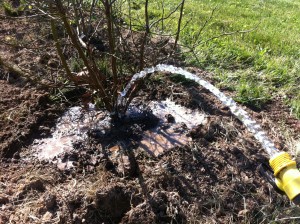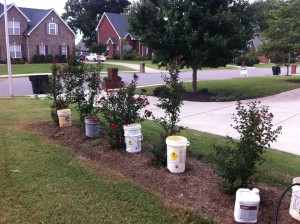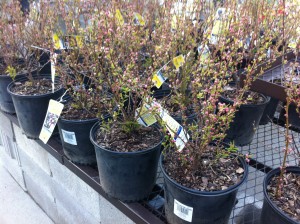It’s hot and dry! Welcome to Summer. Your new transplants from the garden center need your help now, more than ever. Check out these three tips below to make sure your transplants succeed in their first year.
Drought Tolerance
If you live in a naturally dry area, begin with tree and shrub varieties that are drought resistant. This is a hard choice, because most fast growing trees and shrubs are not drought tolerant. They have been selected in the nursery because they can be grown quickly and the consumer usually wants the fastest growing, lowest maintenance plant.
Most plants become drought tolerant once they become established.
Soil Food Web
Inoculate the root system with mycorrhizae after install. I didn’t do this for YEARS. Then I learned and boy, does it work. You’ll save hundreds if not thousands of dollars on your water bill. Click here to buy.
Why? Mycorrhizae naturally extends root surface area so more moisture and nutrients can be absorbed.
Weed and Grass Free
Keep the new plant’s root area free of weeds and grass. Less competition for water and nutrients is a good thing. You want your new transplant to have all that soil moisture. Use mulch like pine tree bark or pine straw or you’re going to have to pull weeds. Be careful with herbicides if you go that route, always read the label.
Don’t pile the mulch higher than 2 inches if you go that route. Thick mulch can create mold and disease problems. Plus, rodents and rabbits love to burrow in deep mulch.
Do you have any great tips for drought? Please share in the comments below.







